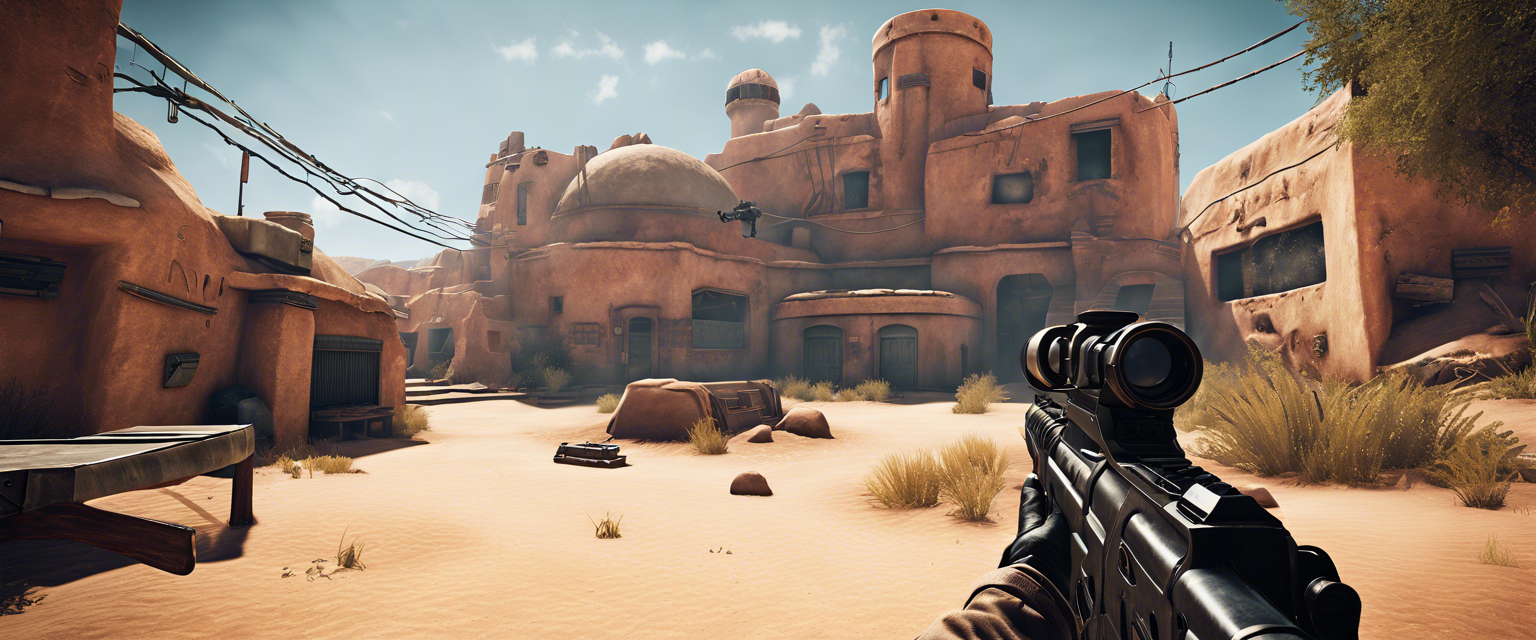What is BabyAGI?
BabyAGI is an innovative AI-powered task management system that harnesses the capabilities of OpenAI's models, including GPT-4 and GPT-3.5. This system employs a Vector Database to create, prioritize, and execute tasks efficiently. By analyzing previous results and aligning with the user's objectives, BabyAGI generates actionable tasks, utilizes AI models to solve these tasks, and relies on the Vector Database to store and retrieve past results, enhancing productivity and intelligent decision-making.
How to Use BabyAGI?
Getting started with BabyAGI is straightforward. Here’s a step-by-step guide to help you through the installation and setup process:
Step 1: Install Python
Before you begin, ensure that Python is installed on your machine. Python is necessary for running the BabyAGI project smoothly.
Step 2: Download the GitHub Repository
You can download the BabyAGI GitHub repository using Git CLI or manually. To do this via Git CLI, use the following command:
git clone https://github.com/your-repo/BabyAGI.gitReplace the repo link with the actual BabyAGI GitHub repository URL.
Step 3: Create a Virtual Environment
Move into the BabyAGI directory you've just cloned, then create a virtual environment and install all required dependencies:
cd BabyAGI
python -m venv venv
source venv/bin/activate (for Linux/Mac)
vcan\Scripts\activate (for Windows)
pip install -r requirements.txtStep 4: Configure the Environment Variables
Create a .env file in your project directory and copy the value definitions from .env.example. This can be done either manually or using the command line.
Step 5: Obtain Your OpenAI API Key
If you haven't already, create an OpenAI account and generate your API key. Paste this key into your .env file. Don’t forget to keep your API key secure and private.
Step 6: Customize Your Task
Feel free to modify other values in your .env file. For instance, you can set the LLM_MODEL to define the model you wish to use. To establish your custom tasks, change the OBJECTIVE value and provide an INITIAL_TASK.
Step 7: Running BabyAGI
Now it's time to run your Agent and observe its operations. Execute the following command in your terminal:
python main.pyYou should see various operations being processed in your terminal, and eventually, the results of your tasks.
Example Results
After trying out a simple task, BabyAGI managed to execute it flawlessly. I encourage you to explore more complex challenges to fully leverage its capabilities!
Conclusion
In conclusion, BabyAGI is a powerful tool that can handle both simple and complex tasks effectively. Whether you are developing a simple application or a sophisticated system, BabyAGI can streamline your project management. I hope this tutorial has provided valuable insights into utilizing BabyAGI.
Get Involved!
If you're excited to apply your new skills and create an application based on BabyAGI or experiment with other Autonomous Agents, consider participating in the LangChain x GPT Agents Hackathon! It's a great opportunity to enhance your learning and showcase your innovative ideas.



Yorum yazın
Tüm yorumlar yayınlanmadan önce incelenir.
Bu site hCaptcha ile korunuyor. Ayrıca bu site için hCaptcha Gizlilik Politikası ve Hizmet Şartları geçerlidir.